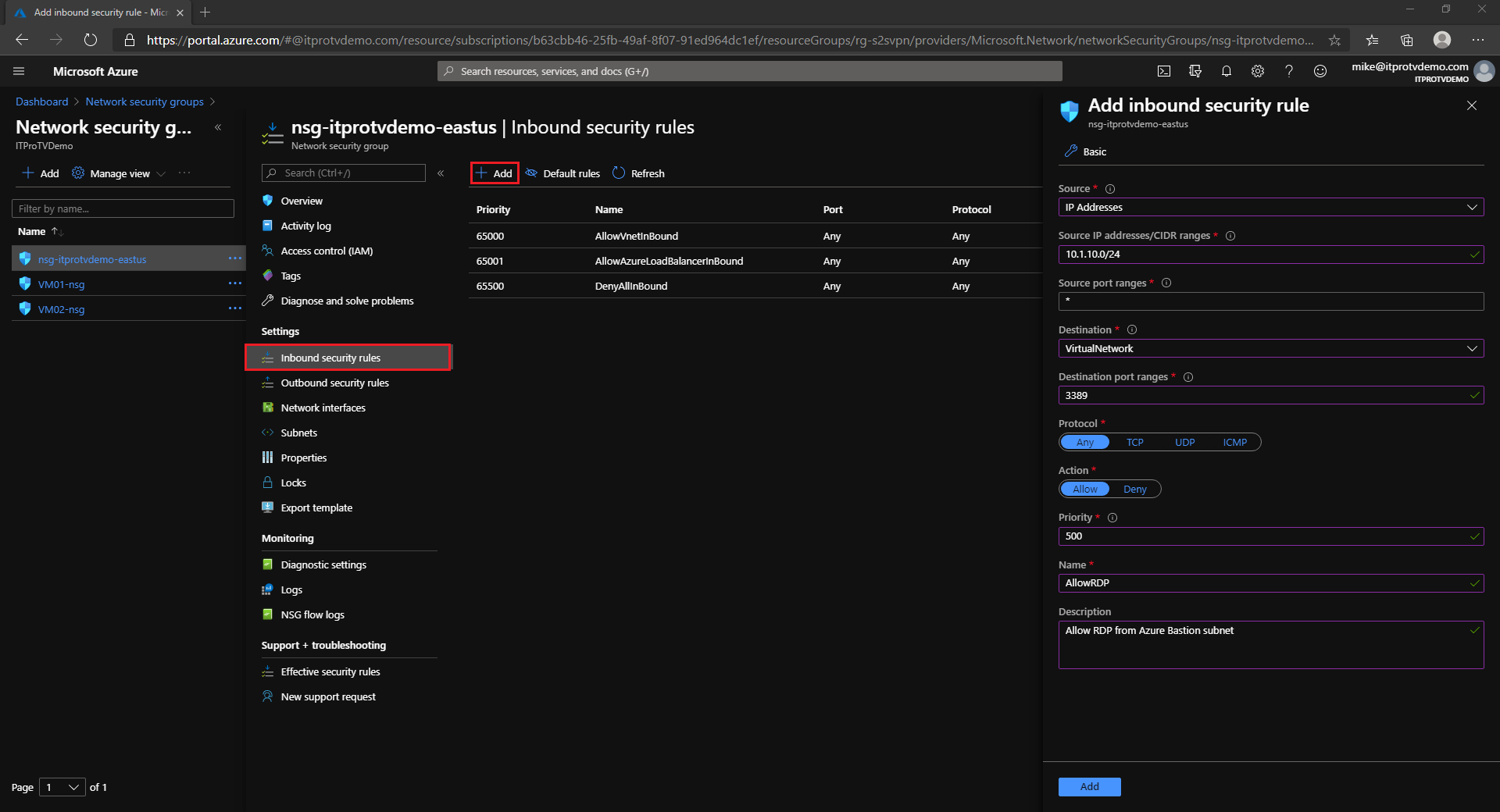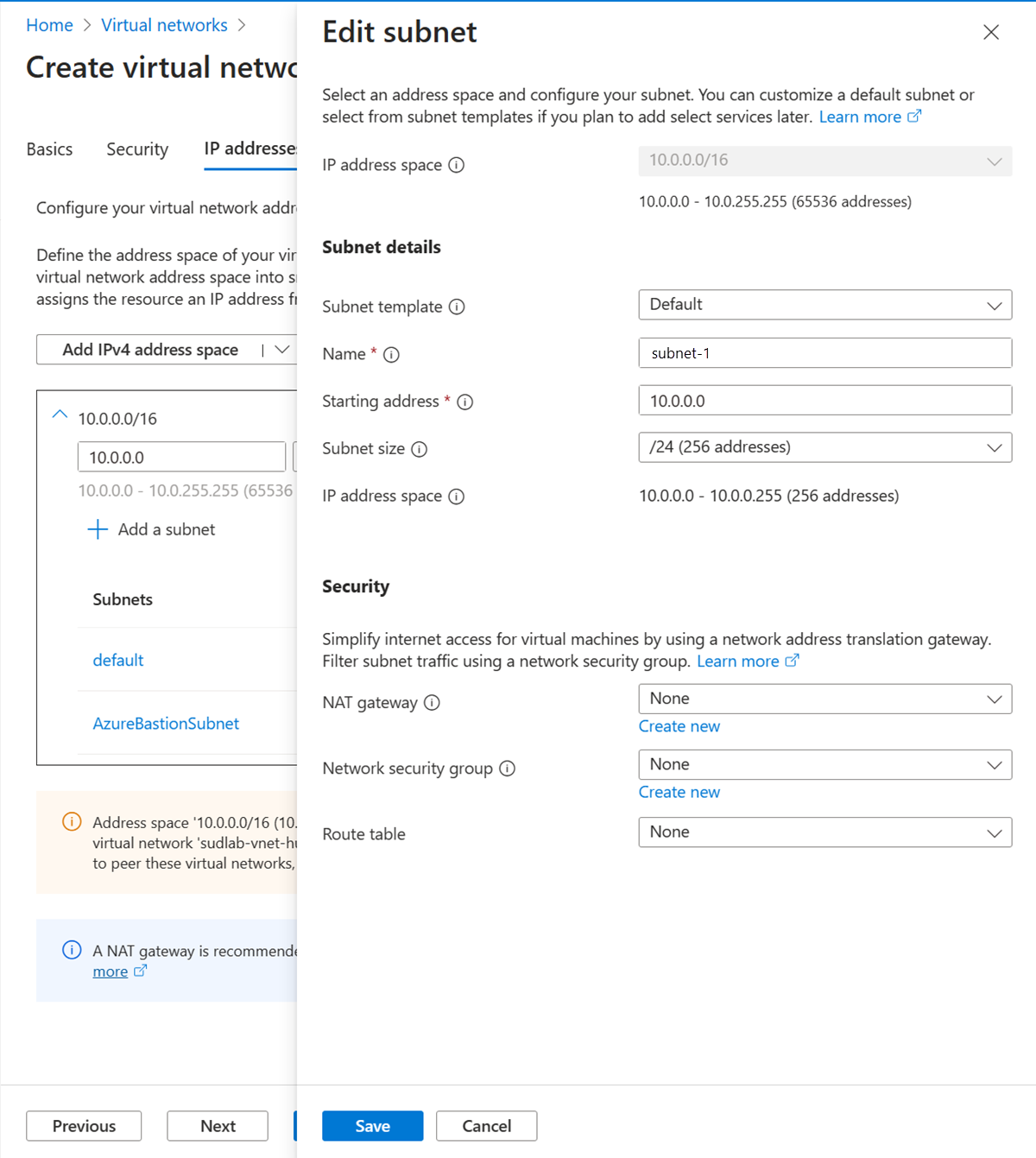

Private endpoints allow ingress of traffic from your virtual network to an Azure resource securely. A comprehensive list of services that are using the delegated subnet model can be obtained via the Available Delegations API.įor a list of services that can be deployed into a virtual network, see Deploy dedicated Azure services into virtual networks. See an example of a REST API response on a virtual network with a delegated subnet. Azure services have explicit permission to create service-specific resources in the delegated subnet with delegation. Optionally, services might require a delegated subnet as an explicit identifier that a subnet can host a particular service. Examples of such services are Azure NetApp Files, Dedicated HSM, Azure Container Instances, App Service. Check with each service on the specific restrictions as they may change over time. These restrictions limit the application of policies, routes, or combining VMs and service resources within the same subnet. Inbound and outbound network access for the subnet must be opened through network security groups, per guidance provided by the service.Ĭertain services impose restrictions on the subnet they're deployed in. Service instances are deployed into a subnet in a virtual network. This management includes monitoring the health of the resources and scaling with load. The Azure service fully manages service instances in a virtual network. Virtual networks can be peered to enable resources in the virtual networks to communicate with each other, using private IP addresses. On-premises resources can access resources in a virtual network using private IP addresses over a Site-to-Site VPN (VPN Gateway) or ExpressRoute. Example, directly transferring data between HDInsight and SQL Server running on a virtual machine, in the virtual network. Resources within the virtual network can communicate with each other privately, through private IP addresses. When you deploy dedicated Azure services in a virtual network, you can communicate with the service resources privately, through private IP addresses.ĭeploying a dedicated Azure service into your virtual network provides the following capabilities:


Using service tags to allow or deny traffic to your Azure resources to and from public IP endpoints.ĭeploy dedicated Azure services into virtual networks Service endpoints allow service resources to be secured to the virtual network. Private Endpoint uses a private IP address from your virtual network, effectively bringing the service into your virtual network.Īccessing the service using public endpoints by extending a virtual network to the service, through service endpoints. Using Private Endpoint that connects you privately and securely to a service powered by Azure Private Link. The services can then be privately accessed within the virtual network and from on-premises networks. Virtual network integration provides Azure services the benefits of network isolation with one or more of the following methods:ĭeploying dedicated instances of the service into a virtual network. The virtual network infrastructure also includes peered virtual networks and on-premises networks. Virtual Network integration for an Azure service enables you to lock down access to the service to only your virtual network infrastructure.


 0 kommentar(er)
0 kommentar(er)
